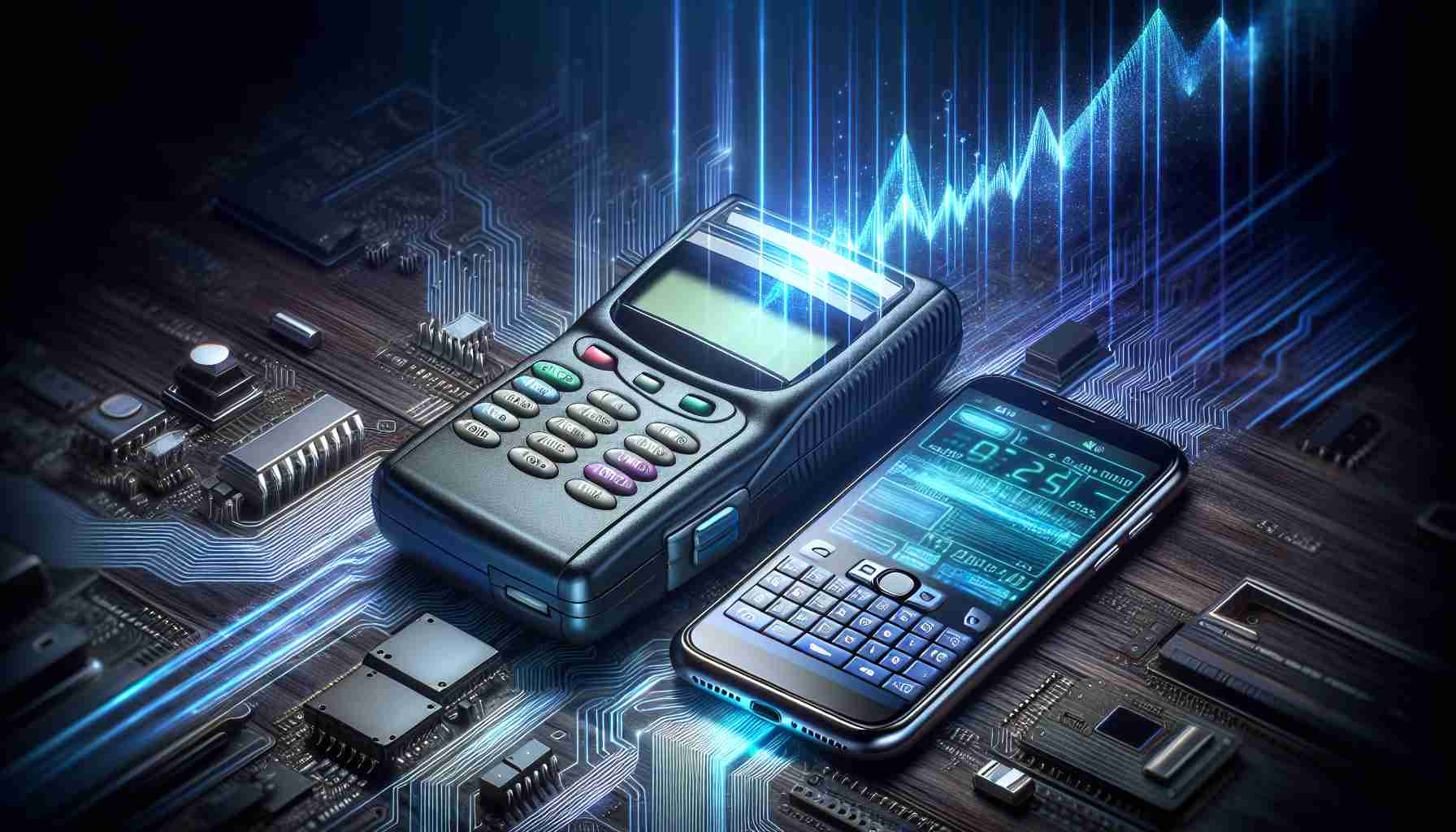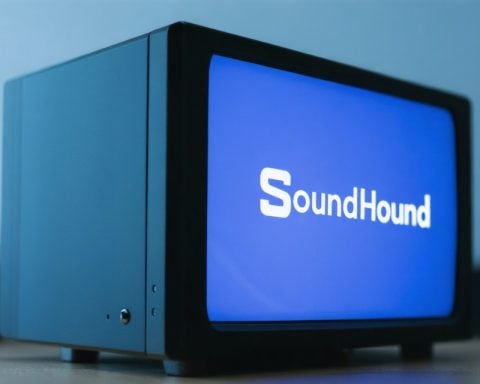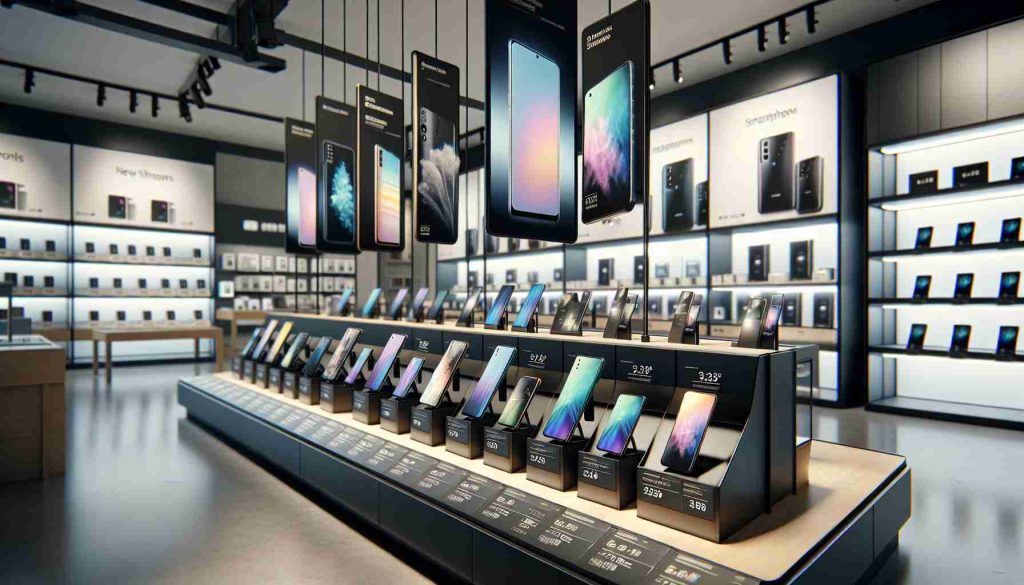In an age where smartphones dominate, the pager remains a notable relic of communication technology. Originally launched to the public several decades ago, pagers still have a niche audience, particularly in high-need environments such as healthcare.
A recent incident brought pagers into the limelight when numerous devices in Lebanon, associated with Hezbollah, detonated at the same time across the nation. This event highlighted the pager’s unique functionality, allowing for message reception independent of conventional mobile networks, which can be vulnerable to failures and security breaches.
While their peak popularity was witnessed in the 1980s and 1990s when millions circulated globally, their persistence in certain sectors is noteworthy. In hospitals across the U.S., for instance, pagers continue to be pivotal. Research indicates that a substantial portion of medical practitioners still rely on pagers for critical updates regarding patient care.
However, the technology isn’t exclusive to healthcare. In more clandestine scenarios, pagers are utilized in the criminal underworld for efficient communication. They have proved vital where electronic communication might be compromised.
Invented in the mid-20th century, the pager has undergone various transformations, with Motorola making significant contributions, including the creation of the Pageboy in the 1960s. Despite evolving technology, the pager’s reliability endures, proving its worth in specific contexts even today.
The Enduring Legacy of Pagers in Modern Communication
The seemingly outdated pager technology has found an unexpected persistence in the digital age dominated by smartphones. Despite the prevalence of advanced communication devices, pagers have retained a distinct role in certain sectors, raising important questions about their relevance and utility.
What are the current uses of pagers?
Pagers are primarily used in emergency and high-stakes environments, notably within the healthcare sector where reliable communication is paramount. A study conducted in 2021 reported that as many as 75% of hospitals in the U.S. still utilize pagers due to their superior reliability in critical situations, even edging out smartphone technology which can be hindered by signal issues or battery failures. Furthermore, beyond healthcare, pagers continue to be utilized in industries such as public safety, where real-time alerts must be communicated rapidly without reliance on cellular networks.
What key challenges do pagers face today?
One significant challenge is the stigma associated with their old-fashioned image. As technology progresses rapidly, the ultrasonic hum of a pager can seem anachronistic. Moreover, with increasing integration of digital communication tools, training and support for interfacing with pagers can be overlooked. This reluctance to adopt what is considered legacy technology can hinder broader implementations.
Are there controversies surrounding pager use in healthcare?
Certainly. While many hospitals rely on pagers for critical updates, debates exist around their potential inadequacy in modern healthcare. Critics point to cases where pagers do not support two-way communication or incorporate advanced features available in more modern devices, such as instant messaging or data-sharing capabilities. This limitation may impede doctors and nurses in truly rapid decision-making scenarios.
What are the advantages and disadvantages of using pagers?
One of the clear advantages of pagers is their exceptional battery life, often lasting days or even weeks compared to smartphones that require daily charging. Pagers also function effectively in areas with limited cellular service, providing reliable messaging. Furthermore, they are usually more secure, with less vulnerability to hacking incidents common in smartphone communications.
Conversely, disadvantages include the lack of advanced functionalities—such as email integration, multimedia messaging, or internet access—that modern smartphones offer. Additionally, pagers do not possess the same user-friendly interfaces and capabilities, making them less appealing to younger generations of medical professionals who may prefer smartphones.
The Culmination of Pager Technology
The story of pagers does not end with their critical application in healthcare and limited other sectors. As the technology proclaims a timeless reliability, it stands as a reminder of communication evolution. Despite the rise of smartphones and messaging apps, the pager reaffirms the need for certain, unshakable forms of communication that can weather the storm of technological change.
For those interested in exploring further into the relevance of pagers today and their unique position in the communication landscape, visit Healthcare IT News and National Institutes of Health for more insights and research into modern communication technologies.























